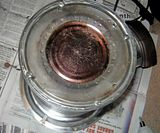Well the stove had problems. It filled up quickly with coals and couldnt breathe,when I emptied the coals,out came the sand.
Relit it,worked better without sand,but a rebuild is in order....
Before....feeder inlet lower
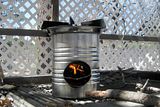
After....feeder inlet higher to allow room for more coals
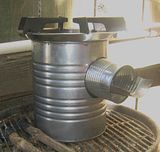
The inner burn chamber used to be a Hunts can,now its a larger Juice can
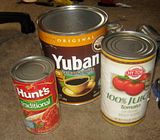
Before,note opening size...
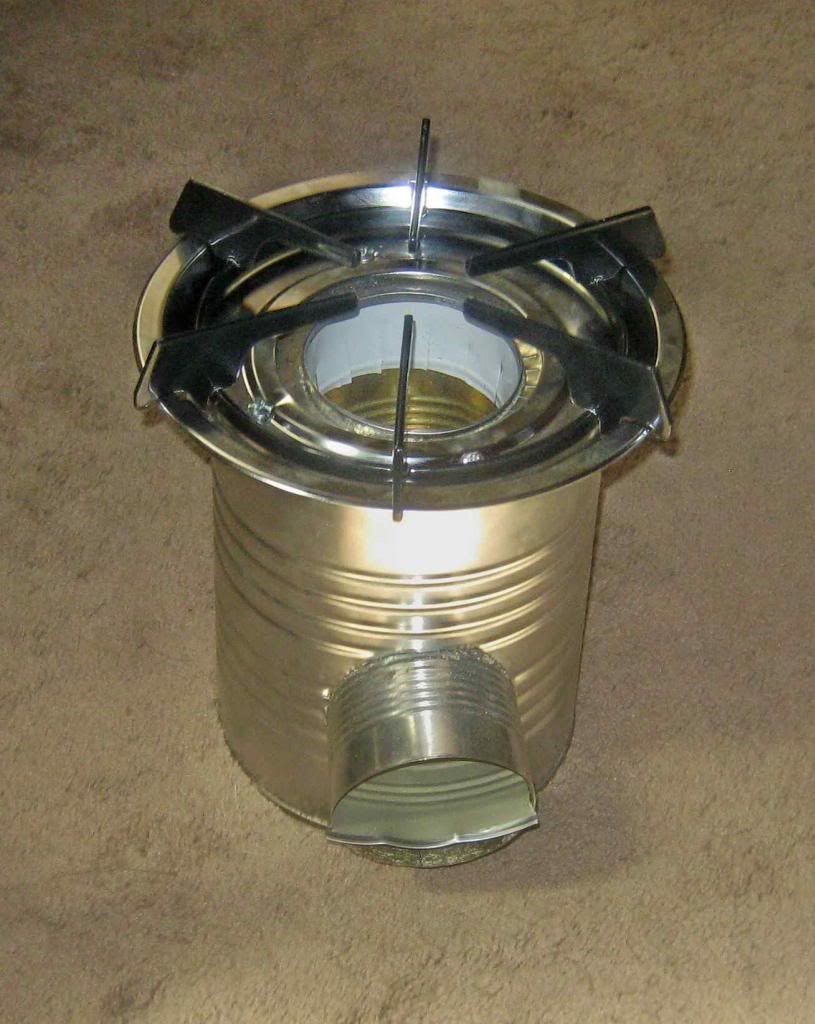
After,notice the larger opening from the bigger can,much better
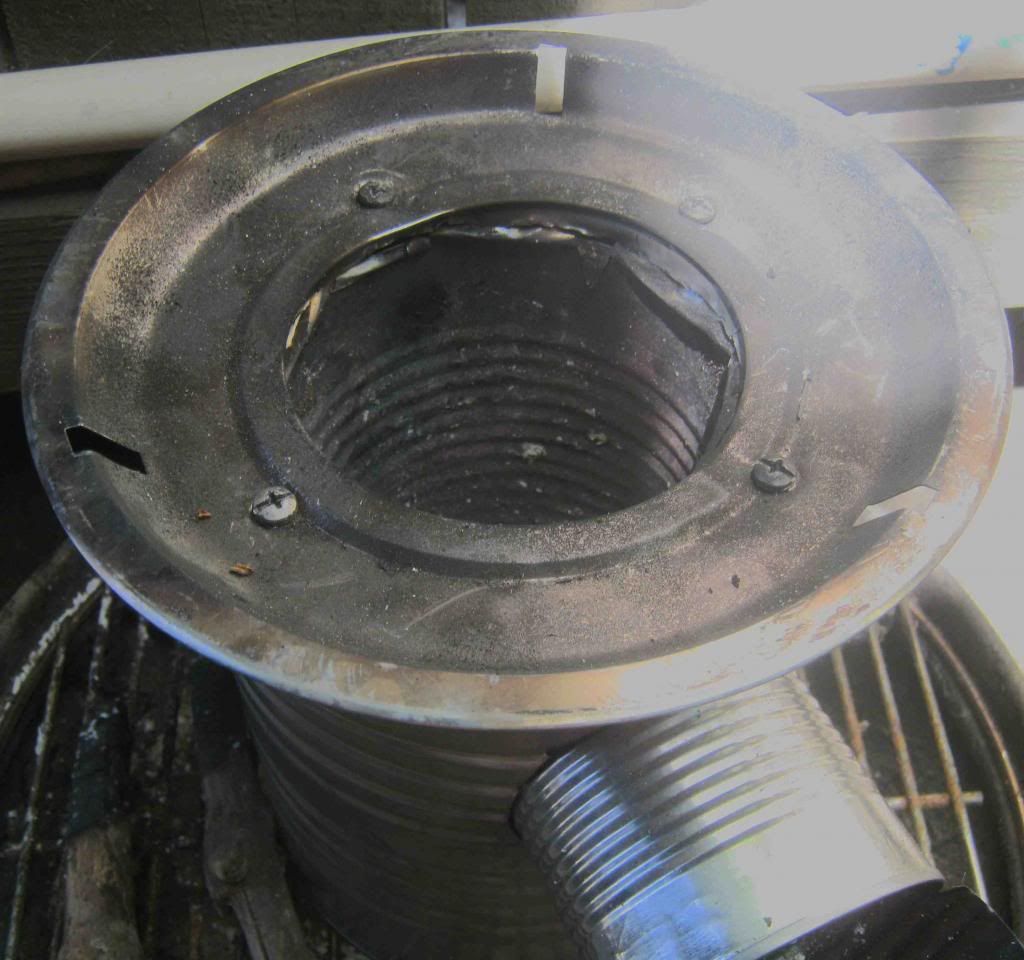
Instead of sand this time Im using these
---------------------------------
Expanded clay aggregate, is a lightweight ceramic shell with honeycomb core produced by firing natural clay to temperatures of 1100 - 1200 °C in a rotating kiln. The pellets are rounded in shape and fall from the kiln in a grade of approximately 0 - 32 mm with an average dry bulk density of approximately 350 kg/m³. The material is sieved into a number of different grades to suit the application.
With the advantage of light weight, high permeability, high durability and excellent sound and thermal insulating properties, expanded clay is a good 'all round' aggregate for use in an a variety of applications
.-------------------------------
Bottom of stove and clay pellets
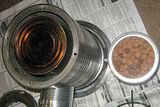
Hydroton Lightweight Expanded Clay Aggregate added to stove
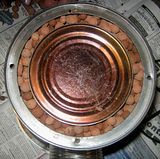
And bottom cover screwed on (That used to be top cover of version One)
